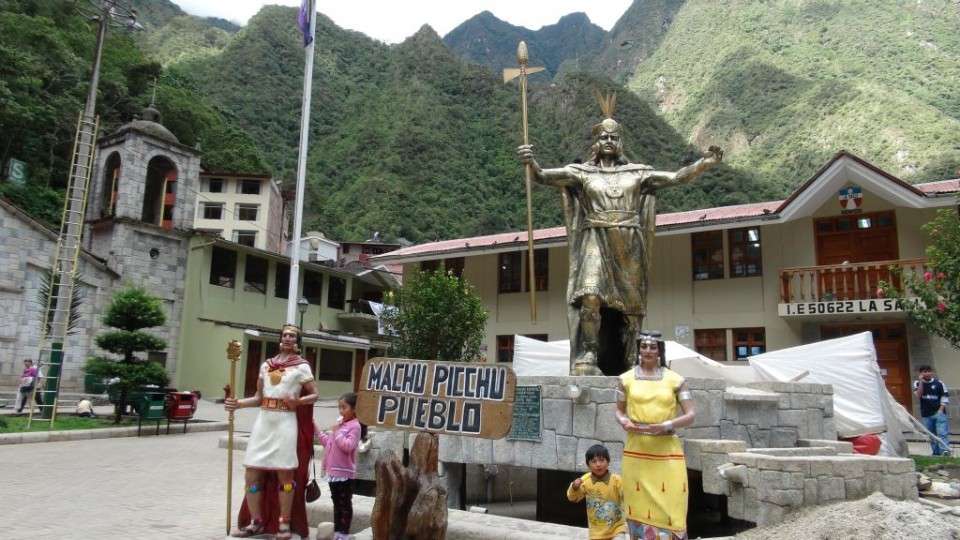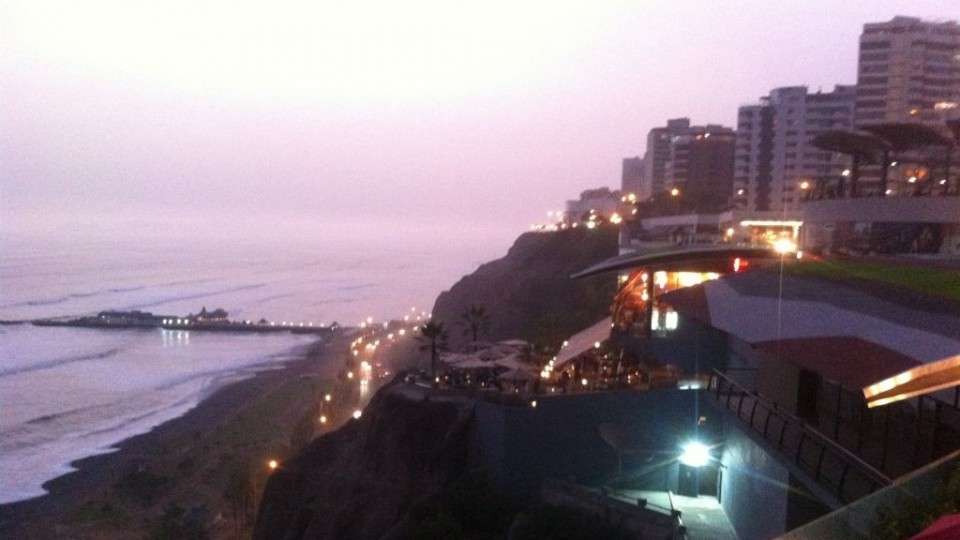Paraty • Brazil
This preserved colonial town from the 16th century has earned its status of a historic site, meaning ‘for you’, Paraty offers the perfect luxurious break in a tropical location. Located on the Costa Verde (Green Coast) that runs along the coastline of the state of Rio de Janeiro is this preserved Portuguese colonial town. A treasure between the sea and the mountains.
Pronounced Par-a-CHEE, Paraty has become a popular tourist area, renowned for the beauty of the town and the magnificence of the coast and mountains in the region. Located on the Bay of Ilha Grande, which is dotted with many tropical islands. Rising up some 1,000 meters behind the town are the tropical forests, mountains, and waterfalls.
Paraty is a living memory of colonial Brazil, a period in which Paraty became the second most important port in the country where the gold from the interior was embarked for Portugal. Paraty combines both sea and mountains with dozens of islands with clean clear water.
The Serra da Bocaina National Park protects and preserves the wildlife and plants of the Atlantic Rain Forest is also part of the region. Nearly all the municipality is protected by a government conservation order. Paraty has been a National Historic site since 1966 and has been pleading for its recognition as a Cultural Patrimony of Humanity.
No cars or trucks are allowed in the historic centre, only foot traffic or bicycles are allowed in the cobblestone-paved streets. Motor vehicles are only allowed in the Historic District on Wednesdays for deliveries. Horses and carts are a very common sight in Paraty and are frequently used all around the city. Thanks to its World Heritage status Paraty has been able to maintain many of its historic buildings, much of the architecture of the city has not changed for 250 years or more.
Thanks to Portuguese engineering involving an ingenious curvature of the cobblestone streets, Paraty is home to a unique phenomenon. Once a month when there are a Full Moon and the tide is high, seawater rises from its normal levels and pours into the Historic Center through special openings in the seawalls that separate the city from the harbour. The streets are only flooded for a short time until the tide recedes. The water is usually only six to ten inches deep and a few merchants near the seawall put out small bridges to span the flooded streets for the benefit of pedestrians.
We spent a week here in this quiet town, there is much to see but this is somewhere one comes to relax and enjoy the beauty of the place, its a tropical paradise to connect with nature, with more than 300 beaches and 65 islands to see if your travelling as a small group I suggest hiring a boat (look for Karamba) for day trips to get the best of the best on your own time.
Though Paraty really offers its visitors something truly historic and unique, I must warn you it was not somewhere to keep your pockets filled, its accommodation and choice of places to eat are all above standard, but you will pay the price for visiting. I suggest walking out of the historic city centre for the best value for money.
If your the sort of person like me who likes to withdraw cash at ATM’s or CASHPOINTS, I warn you about my experiences in Brazil, it was not easy and was certainly expensive as CASH ADVANCE was the only option in many cases, though they accept credit cards in many places, it didn’t always work, so be sure to bring back-up.






